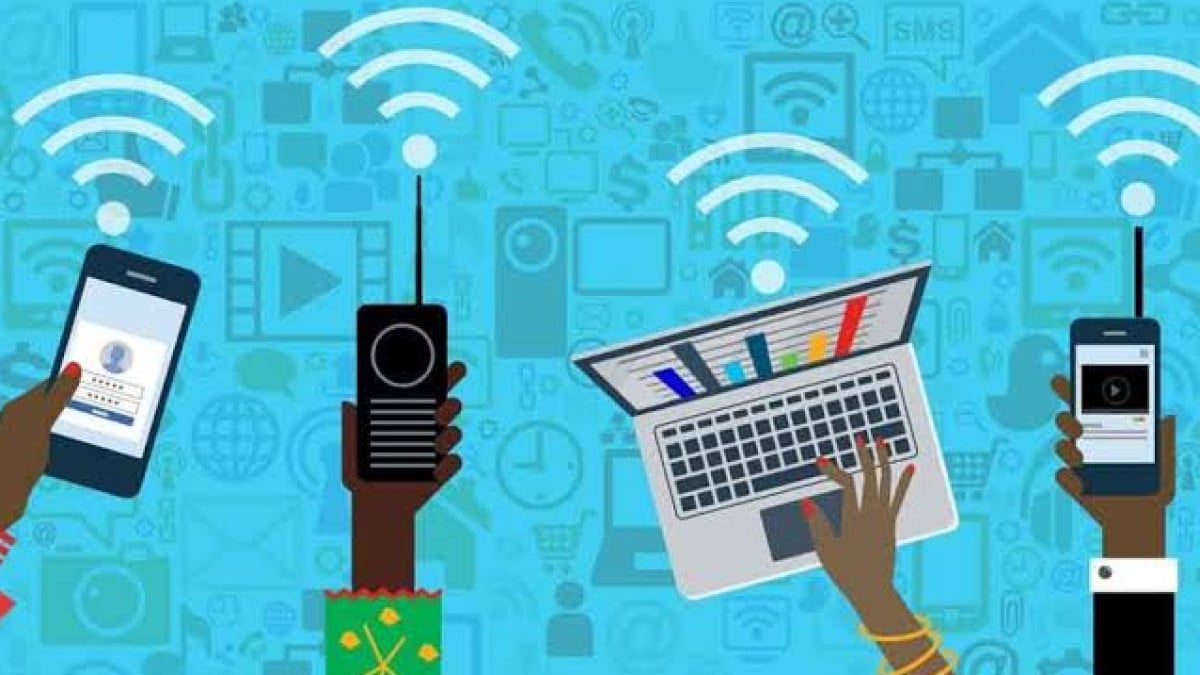About BharatNet Project:
- The National Optical Fibre Network (NOFN), launched in October 2011, was renamed the Bharat Net Project in 2015.
- It is an ambitious project of the Government of India to provide broadband connectivity to all village panchayats in the country.
- It aims to provide affordable broadband connectivity of 2 Mbps to 20 Mbps for all households and on-demand capacity to all institutions to realize the vision of Digital India, in partnership with States and the private sector.
- The objective is to facilitate the delivery of e-governance, e-health, e-education, e-banking, Internet and other services to rural India.
- To achieve this, the existing fibres of PSUs (BSNL, Railtel and Power Grid) were utilised and incremental fibre was laid to connect to Gram Panchayats wherever necessary.
- The entire project is being funded by the Universal service Obligation Fund (USOF), which was set up to improve telecom services in rural and remote areas of the country.
- The project is being executed by a Special Purpose Vehicle (SPV), namely Bharat Broadband Network Limited (BBNL), which was incorporated on 25.02.2012 under Indian Companies Act 1956.
Key Facts about Universal Service Obligation Fund (USOF):
- It is a government fund established by the Government of India to provide financial support for the expansion of telecommunications and broadband services in rural and remote areas of the country.
- The primary objective of USOF is to bridge the digital divide and ensure that telecom and internet services are accessible to all, especially in areas where private telecom operators may find it economically unviable to operate due to high infrastructure costs and low population density.
- Funding Mechanism:
- The USOF is funded through a levy on the revenue earned by telecom operators.
- The government imposes a Universal Service Levy (USL) on the gross revenue of the telecom companies, which is a percentage of their Adjusted Gross Revenue (AGR).
- This levy is collected and deposited into the USOF.
- The USOF is managed by the Department of Telecommunications (DoT) under the Ministry of Communications.
Q1) What is the Adjusted Gross Revenue (AGR)?
Telecom operators are required to pay licence fee and spectrum charges in the form of ‘revenue share’ to the Government. The revenue amount used to calculate this revenue share is known as AGR.The definition of AGR has been under litigation for 14 years. While telecom companies argued that it should comprise revenue from telecom services, the Department of Telecom (DoT)’s stand was that the AGR should include all revenue earned by an operator, including that from non-core telecom operations. The AGR directly impacts the outgo from the pockets of telcos to the DoT as it is used to calculate the levies payable by operators. Currently, telecom operators pay 8% of the AGR as licence fee, while spectrum usage charges (SUC) vary between 3-5% of AGR.
Source: Cabinet approves ₹1.39 lakh crore for BharatNet project
Last updated on July, 2025
→ UPSC Notification 2025 was released on 22nd January 2025.
→ UPSC Prelims Result 2025 is out now for the CSE held on 25 May 2025.
→ UPSC Prelims Question Paper 2025 and Unofficial Prelims Answer Key 2025 are available now.
→ UPSC Calendar 2026 is released on 15th May, 2025.
→ The UPSC Vacancy 2025 were released 1129, out of which 979 were for UPSC CSE and remaining 150 are for UPSC IFoS.
→ UPSC Mains 2025 will be conducted on 22nd August 2025.
→ UPSC Prelims 2026 will be conducted on 24th May, 2026 & UPSC Mains 2026 will be conducted on 21st August 2026.
→ The UPSC Selection Process is of 3 stages-Prelims, Mains and Interview.
→ UPSC Result 2024 is released with latest UPSC Marksheet 2024. Check Now!
→ UPSC Toppers List 2024 is released now. Shakti Dubey is UPSC AIR 1 2024 Topper.
→ Also check Best IAS Coaching in Delhi















